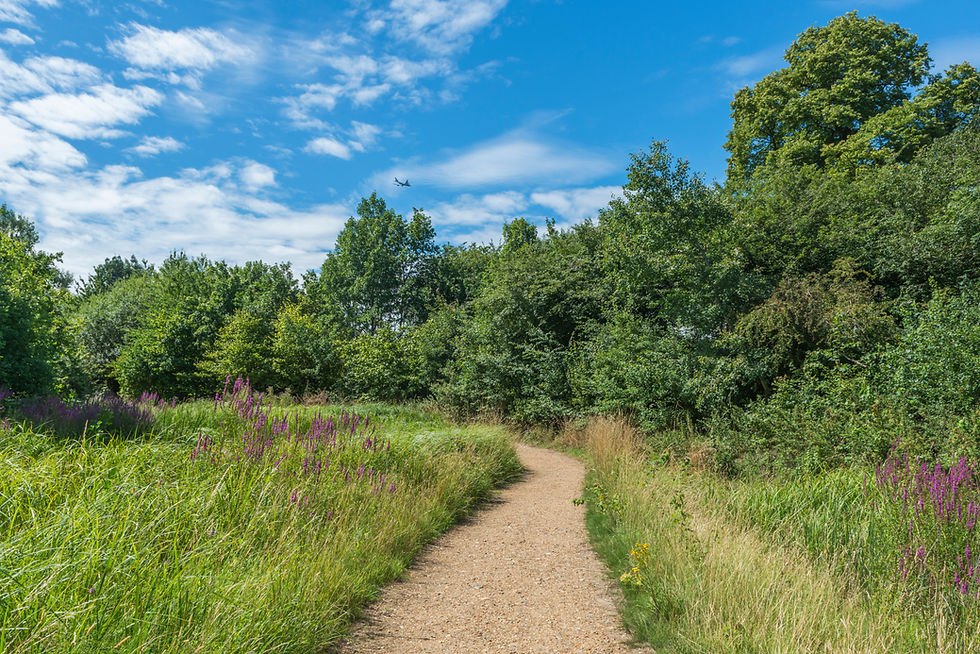Avoiding Pollution
- Dave Norton

- Feb 13
- 1 min read
Updated: Feb 19

Wetlands (including ponds) can provide incredibly rich habitat, when in good health. One of the best ways to create a healthy wetland area is to ensure good incoming water quality.
In a new development context, preventing pollution at source is a vital first step. This can be done through minimizing polluting surfaces, and through a careful application of the CIRIA simple index approach, within the SuDS 'treatment train'.
In addition to the above, it is also best to avoid topsoil and fertilized ground in the vicinity of wetlands, as the nutrient runoff this can generate is itself a form of pollution. For example, algal blooms can occur because of elevated levels of nitrogen and phosphorous - nutrients which can come from residential areas or parkland.
Designs should aim wherever possible, to create extended natural buffers around wetlands, on nutrient poor soils, and without slope profiles that could generate runoff. Such a natural buffer may be a biodiverse meadow area, or a native scrub and shrub area. This provides additional habitat to compliment the wetland, as well as ensuring that runoff does not wash-in nutrients. The benefits of doing this will more than reward the effort.


Comments